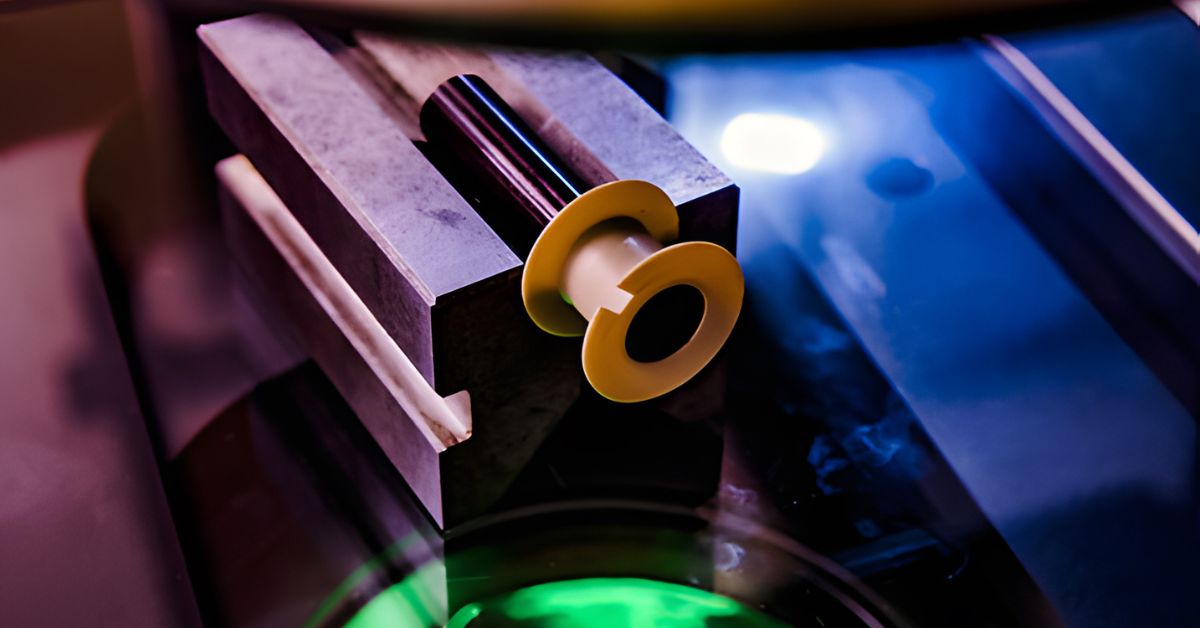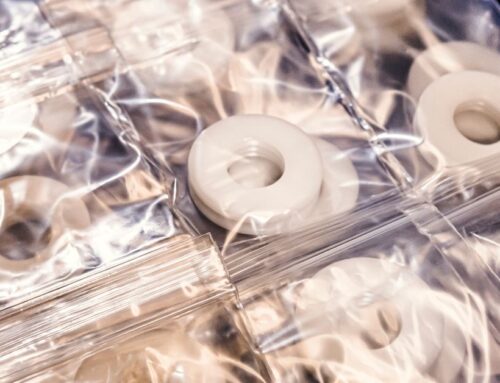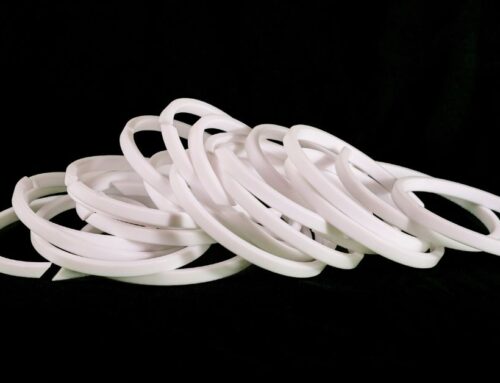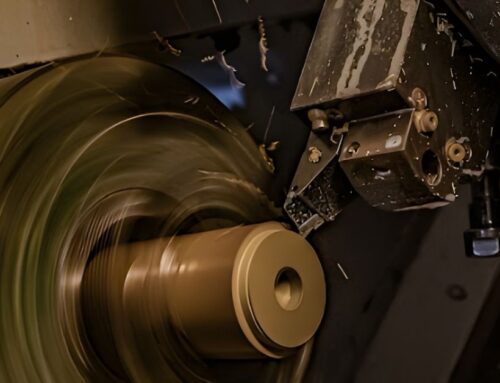Engineers face a myriad of challenges when selecting materials for high-heat applications. Each material must have the right levels of performance, durability, and thermal resistance to meet the rigorous demands of high-temperature environments. Knowing which plastics are best for high-heat applications can help you achieve outstanding results on each project.
PEEK
One plastic that engineers can use is PEEK, also known as polyetheretherketone. This thermoplastic stays useful even at temperatures as high as 480 degrees Fahrenheit. It also offers a high resistance to most chemicals and features a lightweight structure, making it a strong contender for applications requiring high strength-to-weight ratios.
Engineers often use it in the aerospace, automotive, and medical industries. PEEK’s resistance to wear, along with its low friction properties, further enhances its role in producing precision parts used in severe thermal zones.
Ultem®
Another one of the best plastics for high-heat applications is Ultem®, also known as polyetherimide. Manufacturers choose it for its high thermal and structural stability, which gives it the ability to perform effectively at temperatures up to 390 degrees Fahrenheit.
Ultem® exhibits impressive flame resistance, as well as exceptional strength and stiffness. This makes it useful for applications such as electrical insulation and medical device components.
Vespel®
Vespel®, a high-performance polyimide, is great for applications where service temperatures reach 550 degrees Fahrenheit. Unlike typical plastics, Vespel® does not melt, maintaining structural integrity even as it approaches its thermal limits.
It also delivers wear resistance while operating in harsh environments, including radiation-exposed conditions. Although Vespel® machining parts may come at a higher material cost than some other products, its combination of strength, longevity, and thermal resistance offers impressive returns for critical operations.
Torlon®
Torlon® is another plastic that excels in high-heat applications requiring both mechanical strength and thermal stability. Functioning at temperatures up to 500 degrees Fahrenheit, this polyamide-imide
offers incredible compression strength and wear resistance. Its ability to endure mechanical stress makes it a preferred choice for bushings, bearings, and connectors under extreme heat and load conditions.
PPS
One last material that stands out because of its thermal resistance is PPS, also known as polyphenylene sulfide. This material performs well at temperatures up to 425 degrees Fahrenheit without degrading. It also demonstrates exceptional dimensional stability and low moisture absorption.
Because of its flame-retardant properties and electrical insulation capabilities, PPS serves critical roles in the automotive, industrial, and electronics sectors. Its thermal endurance, paired with excellent mechanical properties, solidifies its position as a reliable material for engineers.
Each of these materials is a viable option for tackling complex engineering tasks effectively. By reviewing their strengths and uses, you can pick the material that best fits your application, and Plastic Machining Inc. can help you apply it in your next project. Contact us about using these plastics so we can craft components that will meet your needs.





